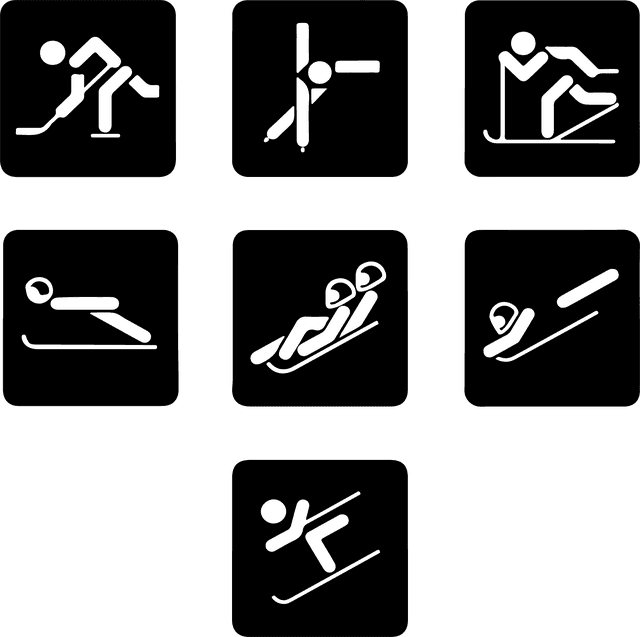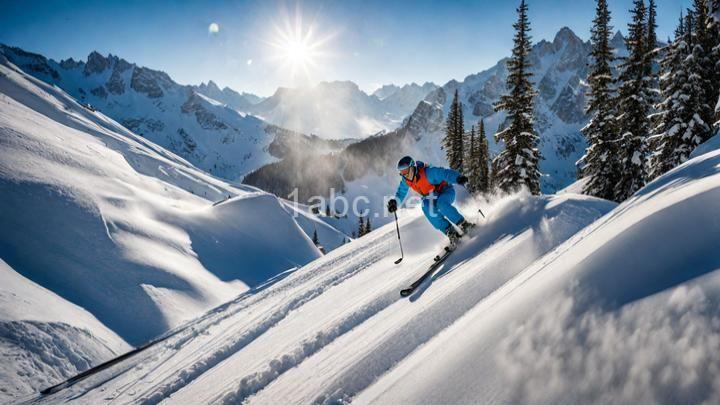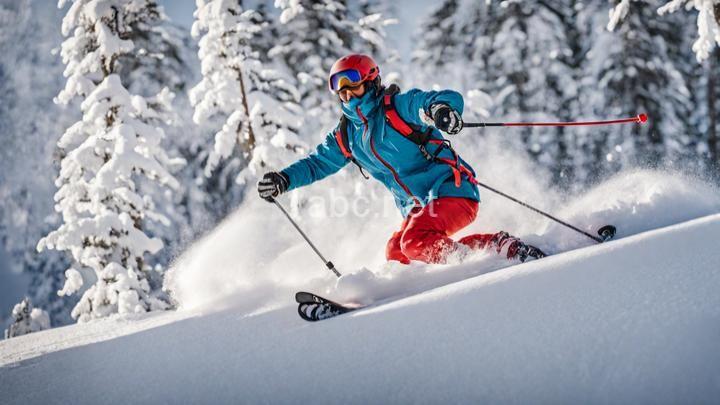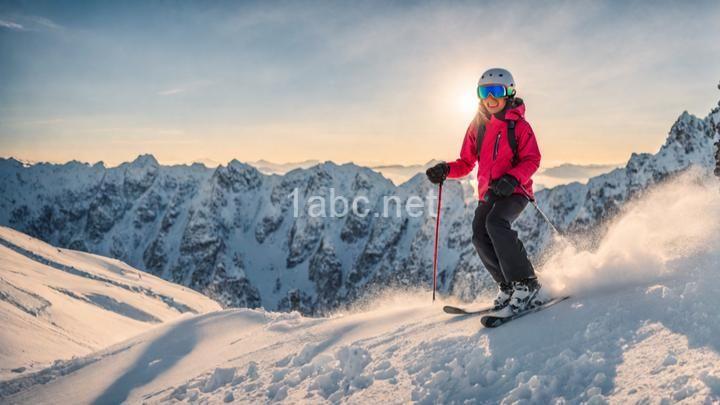Common Skiing Technique Mistakes and How to Correct Them
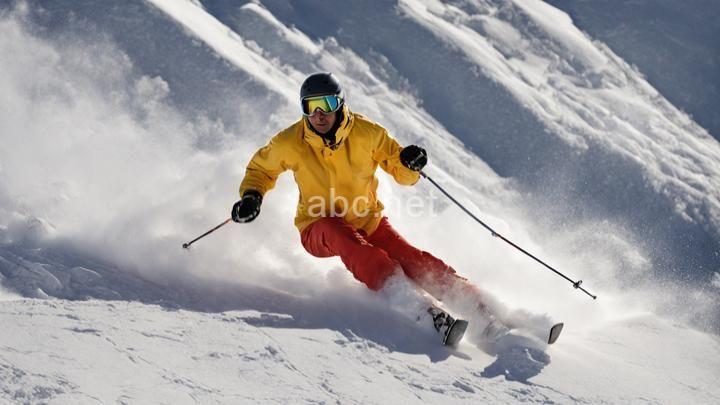
Welcome fellow skiing enthusiasts! In this blog post, we will be discussing some of the most common skiing technique mistakes and providing helpful tips on how to correct them. So grab your skis, tighten those boots, and let's dive in!Mistake #1: Leaning Back
One of the most common mistakes beginners make is leaning back while skiing. This can negatively affect your balance and control on the slopes. When you lean back, your weight is shifted towards the tails of your skis, which makes it harder to initiate turns and maintain stability.
To correct this mistake, it's important to keep your weight centered over your skis. This can be achieved by slightly leaning forward. Engage your core muscles to maintain a strong upright position. By doing so, you'll have better control over your skis and be able to respond more effectively to changes in terrain.
In addition to keeping your weight centered, it's crucial to practice proper body alignment. Bend your knees and keep your shins pressing against the front of your boots. This will ensure that your weight is distributed evenly and that you have a solid foundation to work with. Remember, skiing is all about finding your balance, so maintaining a good posture is key.
Mistake #2: Using Too Much Upper Body Movement
Another common mistake is relying too heavily on upper body movements while skiing. This can disrupt your stability and hinder smooth turns. Instead of using your upper body for balance, it's important to focus on initiating turns from your lower body.
To correct this mistake, try to use your legs and hips to guide the motion. This will help you maintain a more stable and controlled skiing stance. Keep your arms relaxed and at a comfortable position in front of you, rather than flailing them around for balance. Visualize carrying a tray of drinks in front of you as a reminder to keep unnecessary upper body movement in check. By doing so, you'll be able to maintain better control and execute smoother turns.
Mistake #3: Lack of Edging Control
Poor edging control is another common mistake that can significantly impact your skiing experience. When you're unable to effectively control the edges of your skis, you may find it difficult to turn or maintain control on icy or challenging terrain.
To correct this mistake, it's important to make sure you have properly tuned skis with sharp edges. This will provide you with optimal grip on the snow and allow for better control. Regularly check your skis for any signs of wear and tear, and consider getting them professionally tuned if necessary.
In addition to having well-maintained skis, it's important to practice edging exercises. Carving arcs on groomed slopes or practicing short-radius turns can help improve your edging control. Focus on shifting your weight onto the edge of the ski that corresponds with the direction you want to turn. This will allow for better grip and stability, especially on challenging terrain.
Mistake #4: Not Looking Ahead
Failing to look ahead is a mistake that many skiers make. When you don't look ahead, you limit your ability to anticipate obstacles, plan your route, and maintain balance. It's important to have a clear line of sight and be aware of your surroundings while skiing.
To correct this mistake, make a conscious effort to keep your eyes focused on where you want to go. Avoid fixating on the ground directly in front of you. Instead, look ahead and scan the slope for potential hazards or changes in terrain. By doing so, you'll be able to react more quickly and make adjustments as needed. Maintaining an active and engaged mindset while skiing is crucial for safety and overall enjoyment.
In conclusion, by being aware of these common skiing technique mistakes and implementing the suggested tips, you'll be well on your way to improving your skills on the slopes. Remember, practice makes perfect, so get out there and keep enjoying the thrill of skiing while continuously striving for better technique. Happy skiing!
FREQUENTLY ASKED QUESTIONS
What are some common skiing technique mistakes?
When it comes to skiing, there are a few common technique mistakes that beginners and even experienced skiers often make. These include:
- Leaning back: Many skiers have a tendency to lean back when skiing, which shifts their weight away from the ski tips. This can make it difficult to maintain control and initiate turns properly.
- Not bending knees enough: Flexing and bending your knees is crucial in skiing, as it helps absorb shocks and maintain balance. Skiers who fail to bend their knees enough often face difficulties in turns and controlling their speed.
- Incorrect weight distribution: Proper weight distribution between both skis is essential for stability and control. Some skiers mistakenly put too much weight on one ski, leading to imbalance and instability.
- Standing too upright: Maintaining a slight forward lean with a relaxed upper body is vital for optimal control and balance. Skiers who stand too upright may have difficulty turning, maintaining speed, and absorbing bumps.
- Lack of pole usage: Many beginners neglect the use of ski poles or misuse them. Ski poles help with balance, timing, and initiating turns. Failing to use them appropriately can hinder overall skiing technique.
- Inefficient edging: Edging refers to the movement of the skis on their edges to initiate and control turns. Inefficient edging happens when skiers do not use the full length of their edges or do not maintain a consistent edge angle through the turn.
- Poor body positioning: Incorrect body positioning, such as leaning into the hill or excessively angulating, can affect balance and control. It is important to maintain a balanced and centered position.
Remember that these mistakes are common but can be corrected with practice and proper instruction. Working with a certified ski instructor can help you identify and overcome these technique errors to improve your skiing abilities.
How can I identify if I am making a skiing technique mistake?
To identify if you are making a skiing technique mistake, here are a few signs to look out for:
- Lack of Control: If you feel like you're constantly fighting to maintain control while skiing, it could indicate a technique error.
- Uneven Weight Distribution: Pay attention to how your weight is distributed on your skis. If you notice that your weight is predominantly on the backseat or leaning heavily to one side, it may indicate a technique mistake.
- Skidding Turns: Instead of carving smooth turns, if you find yourself skidding or sliding through turns, it suggests that your technique might be off.
- Fatigue and Discomfort: If you experience excessive fatigue or discomfort while skiing, it could be a sign that your technique is not efficient and may need improvement.
- Lack of Progress: If you feel like you're not progressing in your skiing abilities despite putting in consistent practice, it might be worth evaluating your technique for any potential mistakes.
Remember, if you suspect that you are making a technique mistake, it can be helpful to seek guidance from a certified ski instructor who can provide personalized feedback and help you improve your skills on the slopes.
Are there any specific mistakes that beginners often make?
Yes, there are common mistakes that beginners often make. Some of these mistakes include:
- Syntax errors: Beginners might make mistakes in the syntax of the language they are learning. This can include missing semicolons, parentheses, or using incorrect keywords.
- Not using version control: Beginners often neglect the use of version control systems like Git. This can lead to difficulties in managing and tracking changes in their codebase.
- Lack of comments and documentation: Beginners might forget to write clear and concise comments or documentation for their code. This can make it harder for others (or themselves) to understand and maintain the code in the future.
- Overcomplicating solutions: Beginners might tend to overcomplicate their solutions to problems by writing lengthy and convoluted code. Learning to write clean and concise code is an important skill to develop.
- Ignoring error handling: Beginners might overlook the importance of error handling. It's important to anticipate and handle potential errors that may occur during the execution of a program.
- Not seeking help or guidance: Beginners might hesitate to ask for help or seek guidance when they encounter problems. It is important to seek assistance from experienced programmers or online communities to learn and grow.
Remember, making mistakes is a natural part of the learning process. It's important to embrace them, learn from them, and continue improving your skills.
What are the consequences of making skiing technique mistakes?
Making skiing technique mistakes can have several consequences, including:
- Increased risk of injury: Incorrect technique can put strain on your body, increasing the risk of sprains, strains, and other skiing-related injuries.
- Reduced control and balance: Proper technique is essential for maintaining control and balance while skiing. Mistakes can lead to wobbles, loss of control, and even falls.
- Slower progression: You may find it harder to improve your skills and progress as a skier if you consistently make technique mistakes. Correct technique allows you to ski more efficiently and effectively.
- Fatigue: Poor technique often requires more effort and energy, leading to quicker fatigue. This can limit the amount of time you can spend on the slopes.
- Slower speed: Certain technique mistakes can cause you to lose speed and momentum, making it difficult to maintain a good pace on the slopes.
- Less enjoyment: Skiing with incorrect technique can be frustrating and less enjoyable. The joy of effortlessly gliding down the slopes can be diminished if you are constantly battling with poor technique.
It is important to take ski lessons or seek guidance from experienced skiers to learn and improve your technique. Practicing good technique will not only enhance your skiing experience but also help keep you safe on the mountain.

